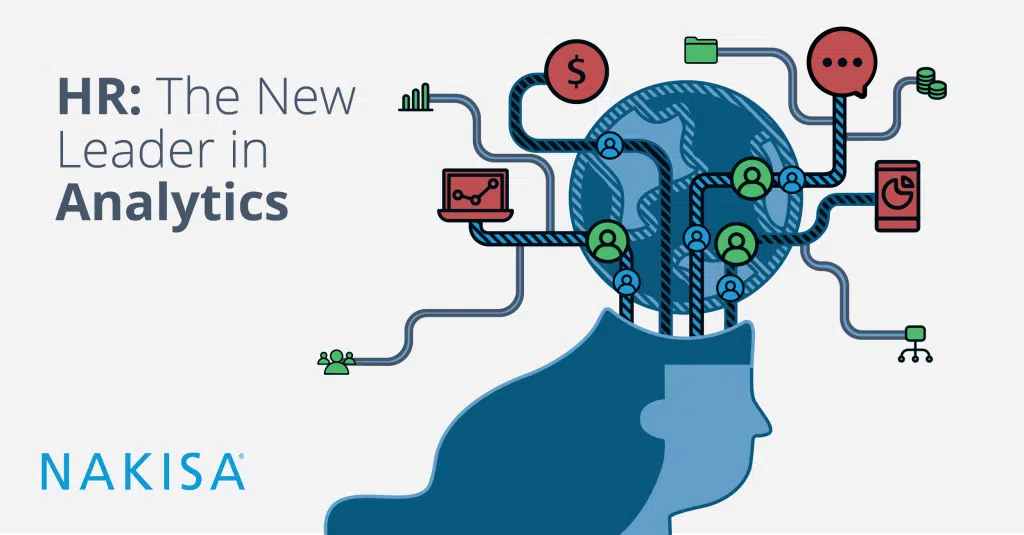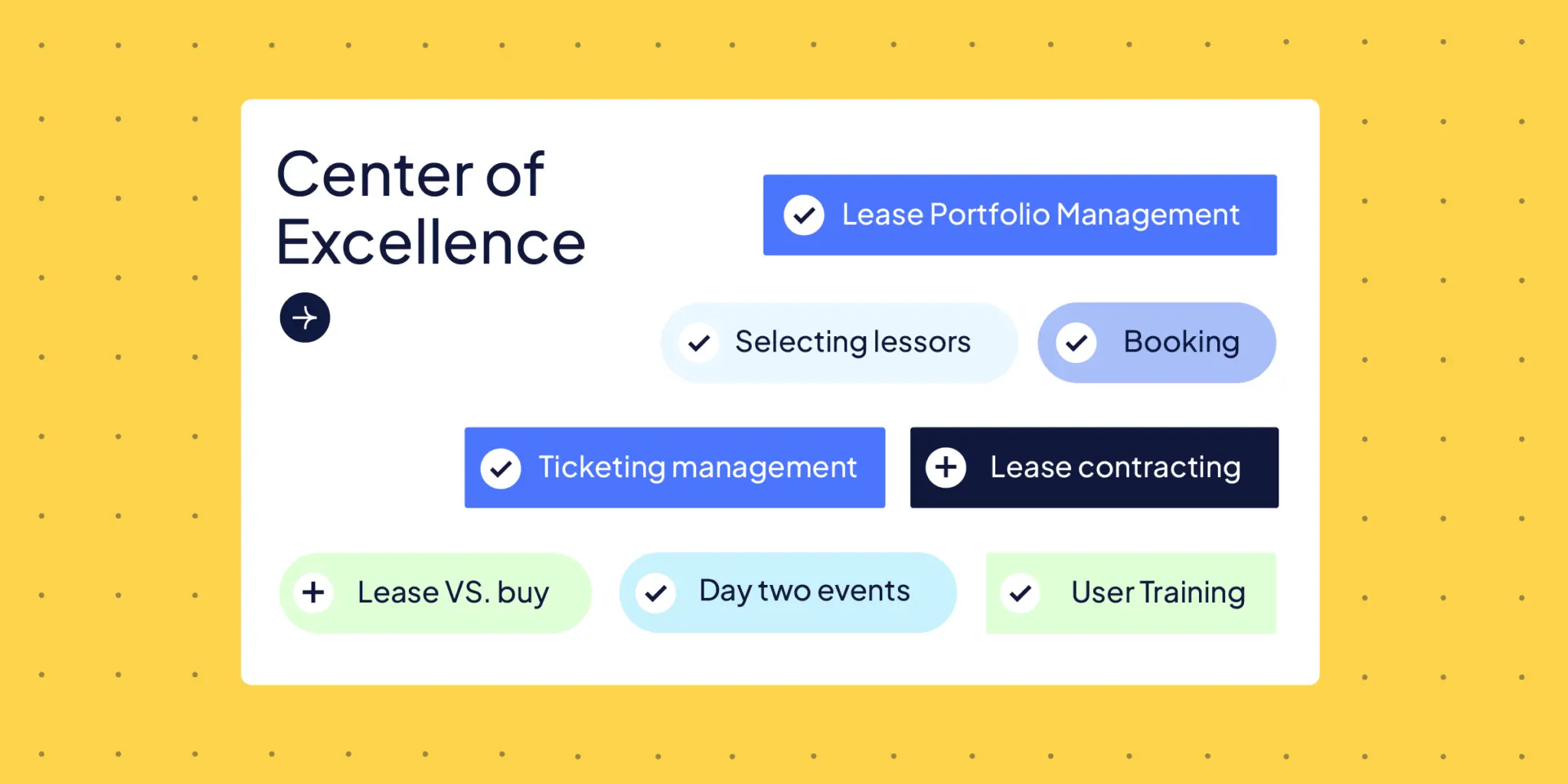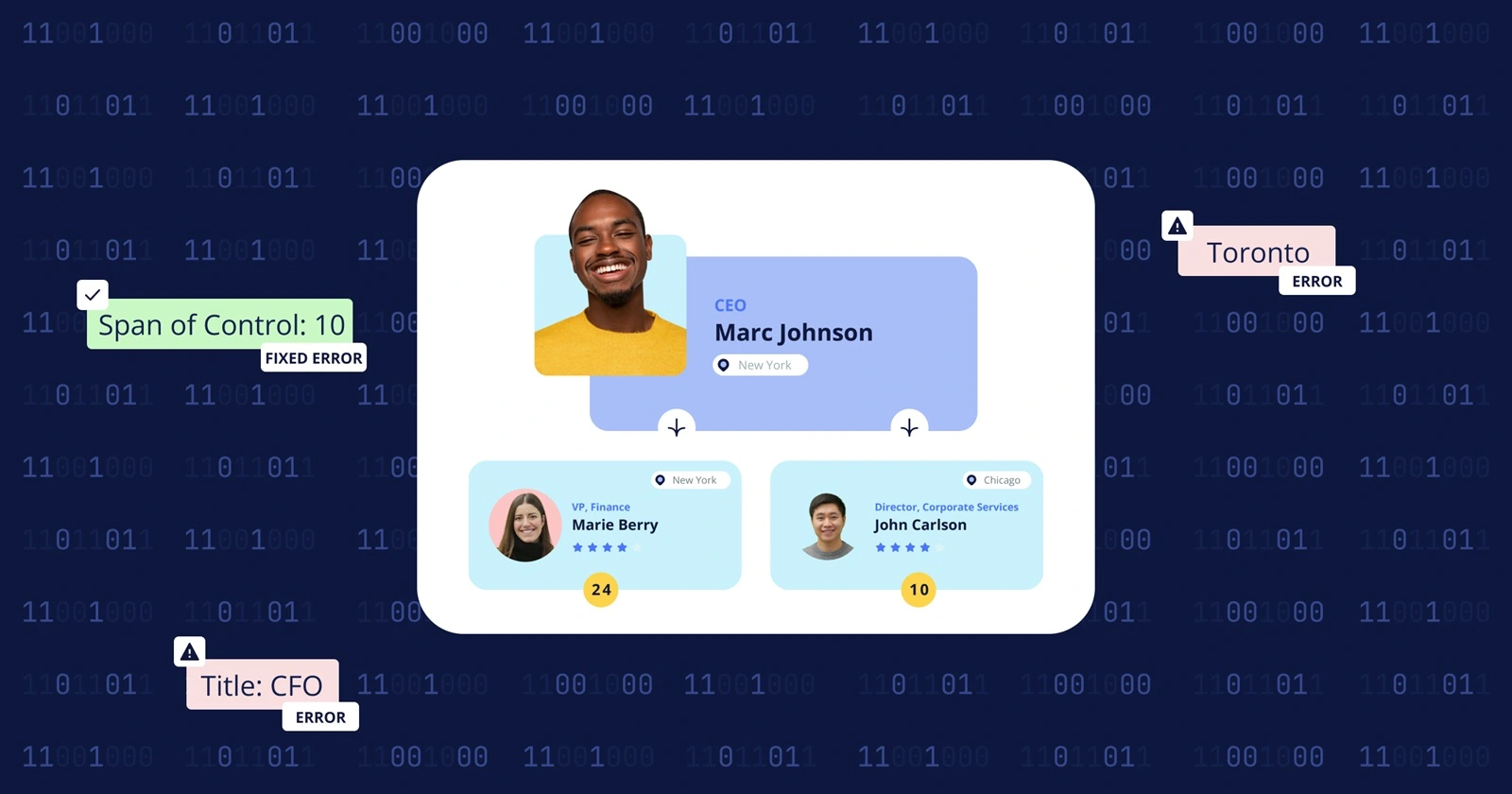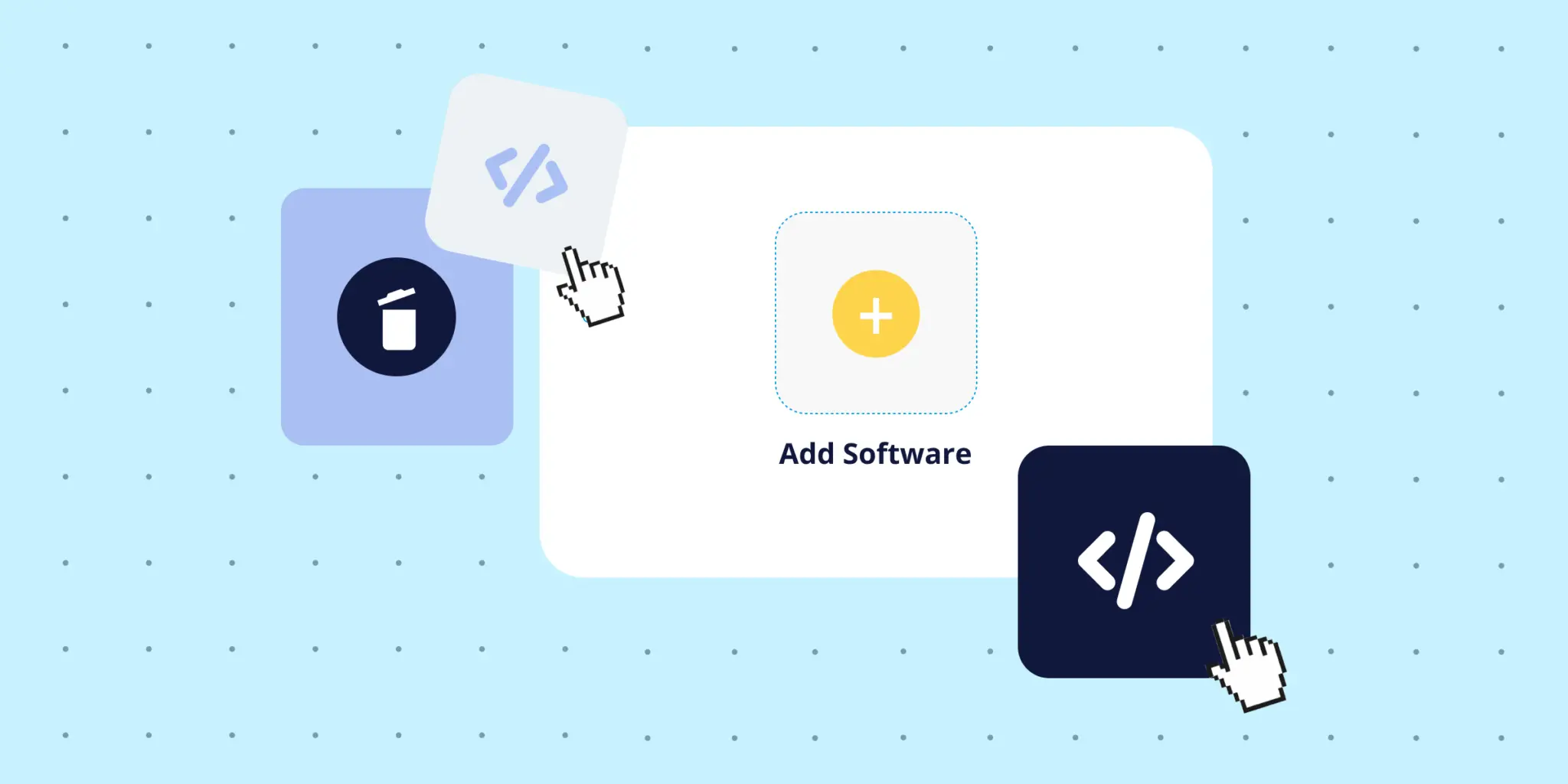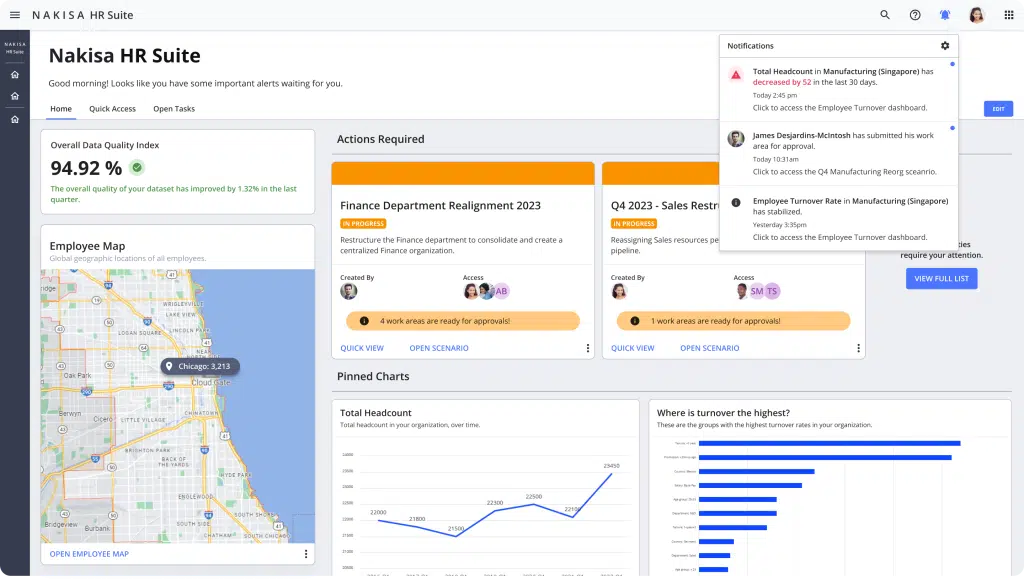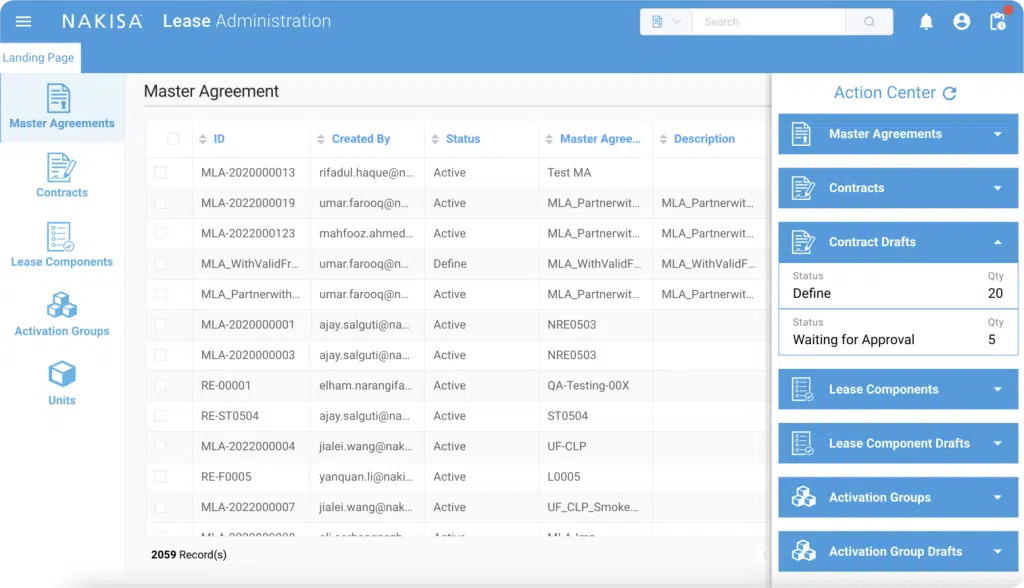Perhaps no professional role in the modern business ecosystem has evolved as much as Human Resources.
Today’s HR professional is no longer looked at simply as a manager of benefits, payroll, and administrative or legal issues. They are key drivers of organizational decision-making.
What has fueled this shift in the HR role? According to experts, it’s HR’s intense focus on HR analytics, data and its availability across channels.
A recent survey report led by Thomas H. Davenport, a senior advisor at Deloitte Analytics, found that half of HR leaders said they could perform prescriptive or predictive analytics. Compare this to the only 37 percent of finance professionals who said they could perform similarly complex analytics functions.
Experts say the fact that HR departments are often more comfortable with sophisticated data than finance departments, who are traditionally associated with statistical analysis and number-crunching, speaks volumes.
As Lars Schmidt and David Green write in Fast Company, “It’s more than just data–it’s insight. These new analytics capabilities are allowing HR teams to extract deep insight into the organizational health of their businesses, enabling them to be much more proactive with programs and support.
”Data-fueled Decision-making
So, what types of data are HR leaders using to inform their decision-making?
While the explosion of people analytics in recent years is often associated with the expanding role HR plays in business leadership, HR also provides an increasingly important voice in driving business performance. As much as HR professionals are concerned with workforce planning, talent management and company culture, they also can contribute to key conversations around operations, org design, finance decisions and budget allocation.
Let’s say for instance, your organization is planning a large expansion of your workforce. HR professionals may look at historic key performance indicators (KPI) like cost per hire and recruiting conversion rate to identify the best strategies for efficiently hiring new candidates.
To assess the success of those hires in the long-term, HR professionals may track KPIs around turnover rate, absenteeism rate, and net promoter score.
The Future of HR
Even with the rapid change experienced by HR leaders in recent years, experts say the future holds even more disruption for HR—and the business analytics they use.
According to a Deloitte analysis in Harvard Business Review, two main areas of disruption caused by sophisticated technology are the changing expectations and career paths of the modern workforce as well as the very nature of how work gets done.
Artificial Intelligence (AI) has a role to play here. As AI increases the level of automation businesses utilize, it is also changing the jobs and responsibilities of the workforce—and in doing so, also changing the organizational structures of those organizations. At the same time, experts say AI will increasingly be utilized in the HR space by taking over traditionally manual functions like recruiting and hiring, employee engagement, and employee benefits management. This means that HR professionals will hold an even more strategic leadership position within their organizations.
While we can’t predict exactly what the future will hold for the HR profession, we do know one thing: data will play an integral role.
But to take advantage of that future, HR leaders need to have systems in place for centralizing this HR data and using it to visualize potential organizational changes. This is where a comprehensive organizational design solution can play a vital role.
Let’s go back to our expansion scenario from earlier. In this case, an organizational design solution, like Nakisa Hanelly, could not only streamline the KPIs you would track around an increase in the workforce. It could also help you visualize in real-time what workforce additions or reductions on specific teams would mean for your organization.
Data may be changing the role of HR, but it will also be a vital tool in helping HR professionals navigate that change. The question now for HR leaders is, do you have the right tool in place to take advantage of this data?
Click here to learn more about how Nakisa Hanelly can aid in your organizational design.

